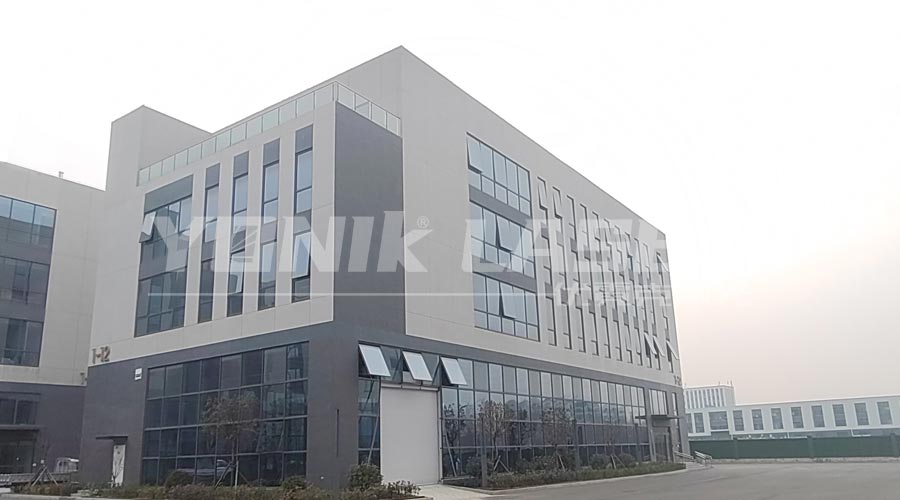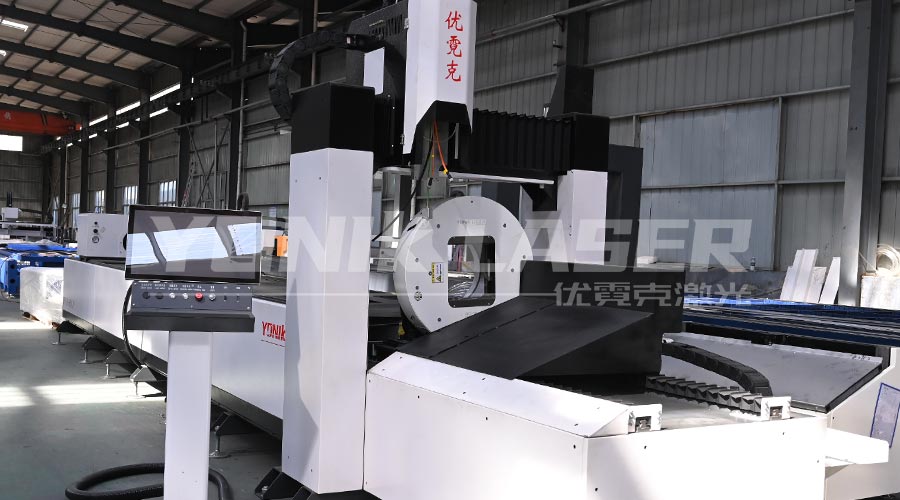In the era of the integration of art and technology in Afghanistan, laser cutting machines have become the foundation of metal art installation production. It has the characteristics of high precision and high efficiency, turning the designer's creativity from drawings into reality, opening up new possibilities for artistic creation. This article will introduce in detail the complete process of laser cutting machine metal art installation production, helping readers to understand the mysteries of this field.

1. Inspiration and conception
The starting point of all creations comes from inspiration. Designers will first brew the general form and style of metal art installations in their minds, and then convert them into the final detailed drawings. In this process, designers need to fully consider the characteristics of metal materials, the processing capabilities of laser cutting machines, and the final display effect. After the drawings are completed, designers will use professional design software to convert the drawings into file formats recognizable by laser cutting machines, such as DXF or AI.
2. Material preparation
The production of metal art installations requires high-quality metal materials. Common metal materials include stainless steel, aluminum plates, copper plates, etc. Designers need to select suitable metal materials according to the needs of the workpiece, and ensure that its parameters such as thickness and hardness meet the processing requirements of the laser cutting machine. After the material is prepared, it needs to be cleaned and shaped to remove oil, rust, etc. on the surface to ensure the accuracy and stability during the cutting process.
Three, laser cutting
Laser cutting is a key stage in the production of metal art installations. In this step, the designer places the metal material on the workbench of the laser cutting machine and adjusts the parameters of the laser cutting machine, such as power, speed, frequency, etc., to ensure the cutting quality and efficiency. With the precise movement of the laser beam, the metal material is quickly cut into the shape and model planned by the designer. During the cutting process, the laser cutting obtains good automatic slag removal and cooling to ensure the flatness and finish of the cutting surface.
Four, advanced processing
After the cutting is completed, the prototype of the metal art installation has appeared. But at this time, the work still needs to be improved and processed to achieve the final improvement. The processing includes modification, polishing, welding, welding and other steps. Modification and polishing can eliminate burrs and scratches generated during the cutting process, making the surface of the workpiece smoother and more delicate; welding is used to connect the cut parts; then the welded parts are assembled according to the design drawings, and the device forms a complete metal art.
V. Finished product display and maintenance
After careful design and careful production, the metal art installation is finally completed. During the display process, the designer needs to consider factors such as the storage location and lighting effects of the work to fully demonstrate its artistic charm and value. At the same time, the maintenance of the metal art installation is also a stage that cannot be ignored. Regular cleaning, anti-rust treatment and other measures can extend the service life of the work and maintain its good display effect.
VI. Advantages of laser cutting machines in the manufacture of metal art installations
Laser cutting machines have outstanding advantages in the manufacture of metal art installations. First, its high precision and high efficiency can achieve the longest production cycle and reduce manufacturing costs; secondly, laser cutting machines can cut and cut various complex shapes and patterns, providing designers with extremely high creative freedom; finally, laser cutting machines have a higher degree of automation, which can reduce artifacts and safety hazards caused by manual operation.

In summary, laser cutting machines play a vital role in the production of metal art installations. From inspiration prototypes to finished product display, each stage requires precise processing and support from laser cutting machines. With the continuous advancement of science and technology and the continuous innovation of art, laser cutting machines will prove more reliable application prospects and unlimited possibilities in the field of metal art installation production.
2025-07-22
2025-07-21
2025-07-19